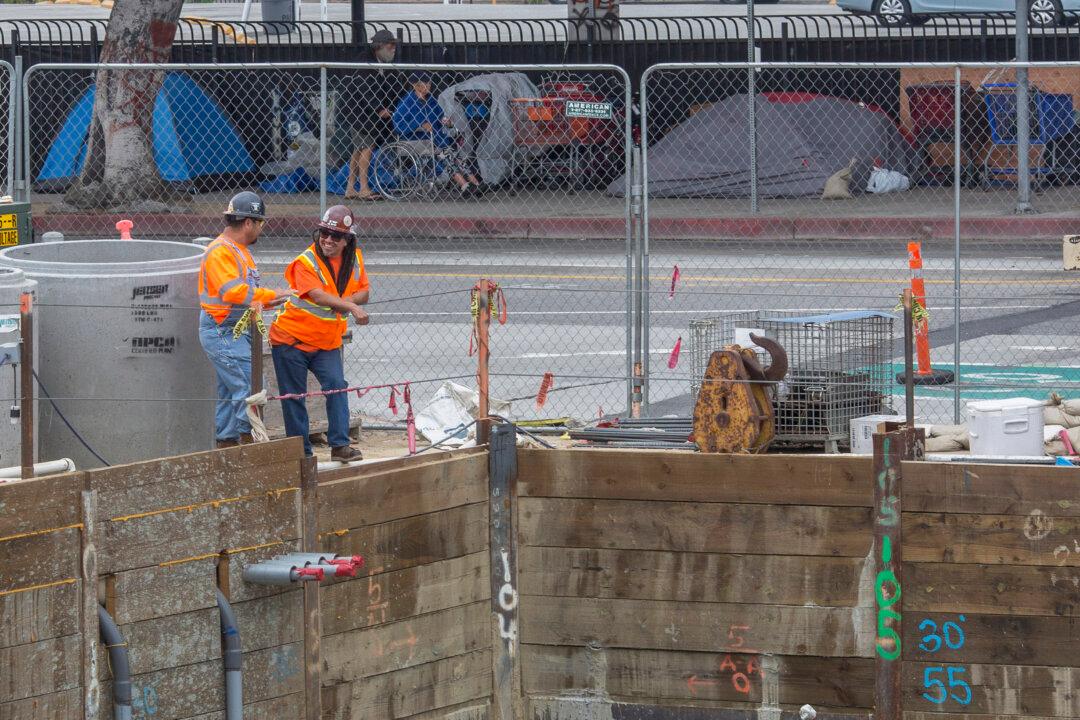Fewer Americans signed up for unemployment benefits in the week ending Jan. 12, surprising economists who predicted an increase.
Initial claims for state unemployment benefits decreased 3,000 to a seasonally adjusted 213,000, the Bureau of Labor Statistics (BLS) stated on Jan. 17 (pdf). Economists polled by Reuters had forecast claims rising to 220,000.





